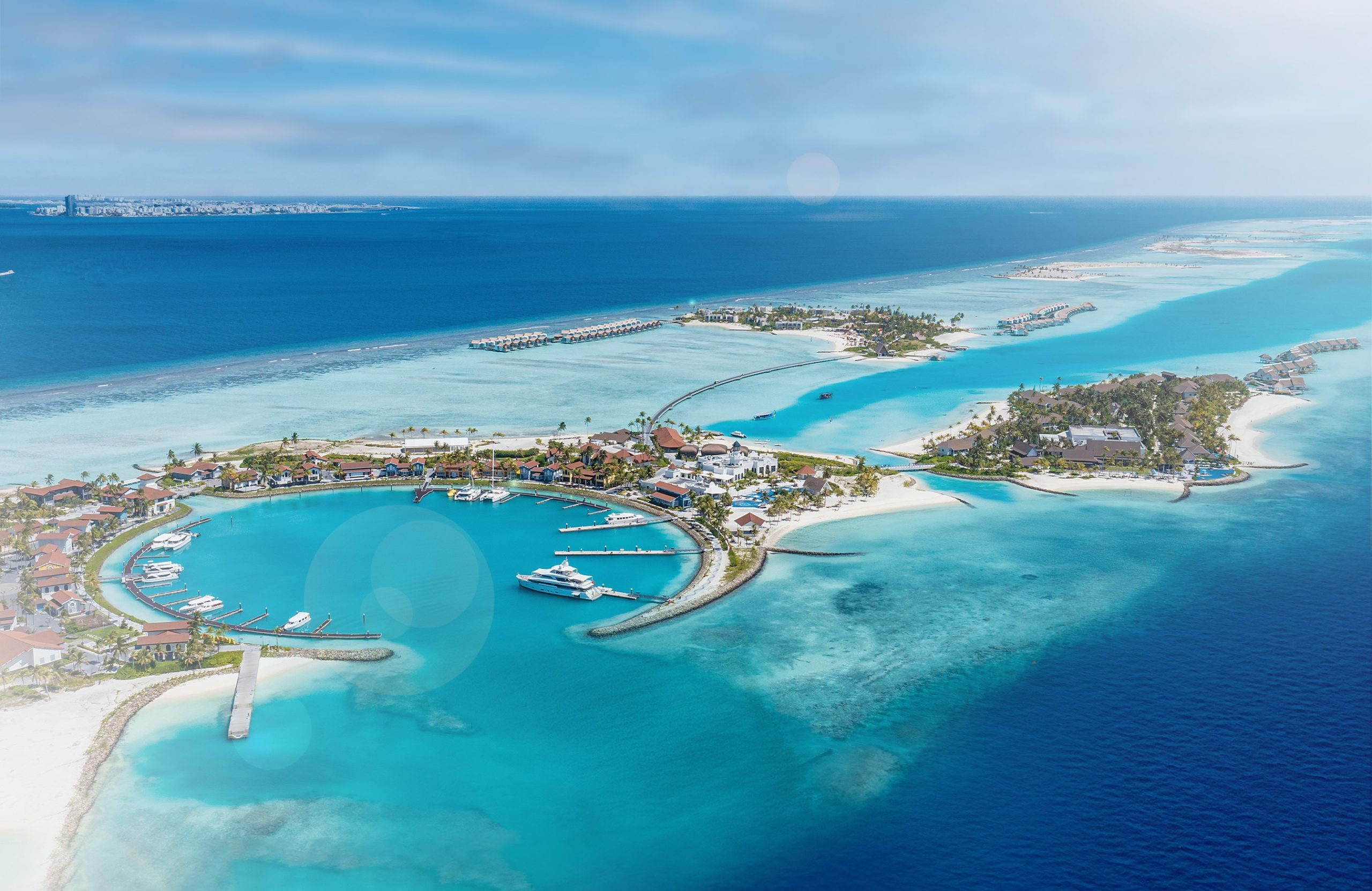Bandos Maldives has won four awards at the Maldives Travel Awards 2016 held on 20th November at Olhuveli Beach Resort and Spa. The titles won at the Gala Event include; Leading Dive, Leading Meeting & Conference, Leading Family and most importantly Leading Local Hotel/Resort Brand!
This was the 6th edition of the MATATO Maldives Travel Awards held in the last 5 years. These awards are famed and considered as most prominent in the Maldives tourism industry. This year was the first time Bandos participated in the competition, and they are delighted to announce that they had won all the categories for which they were nominated.
Bandos Maldives takes pride in the awards they received as they have a 5 star PADI licensed and the longest serving Dive Centre, Dive Bandos. They provide entertainment fit for a memorable vacation any family could enjoy. The conference facilities are fully equipped with comprehensive technical support to cater any universal clientele. Bandos appreciates the dedicated team behind the name that provide exceptional services to their guests and concede that the achievement for Leading Hotel/Resort Brand weighs heavily on their efforts.
Bandos Maldives thank their guests for letting them be a part of their experience at Maldives and for helping them achieve this glory at the Maldives Travel Awards 2016. They believe the feedback from the guests are what helps them consistently deliver outstanding service.







